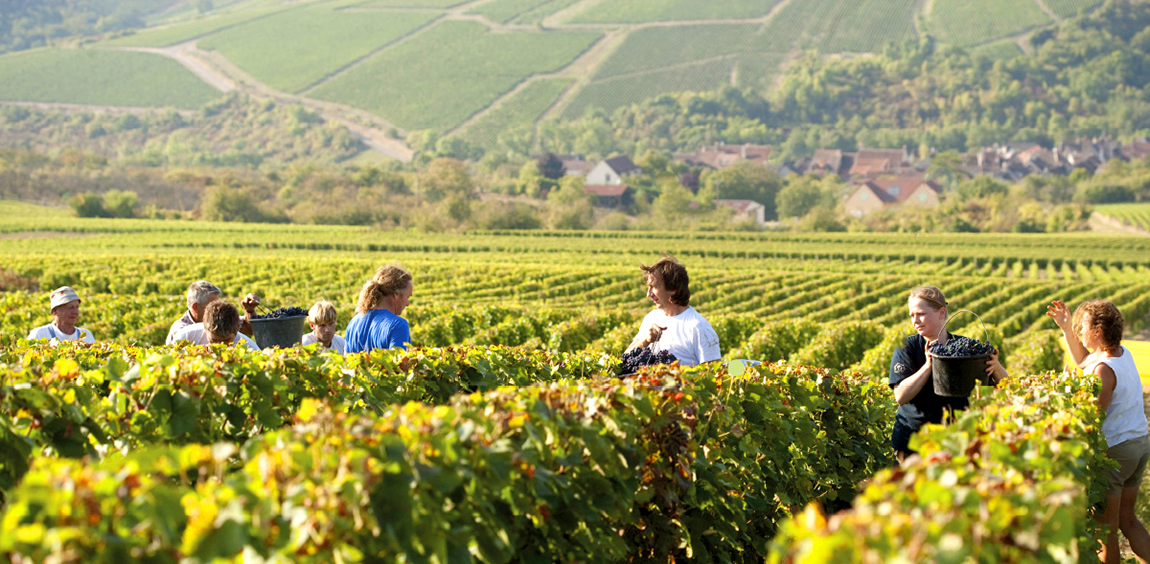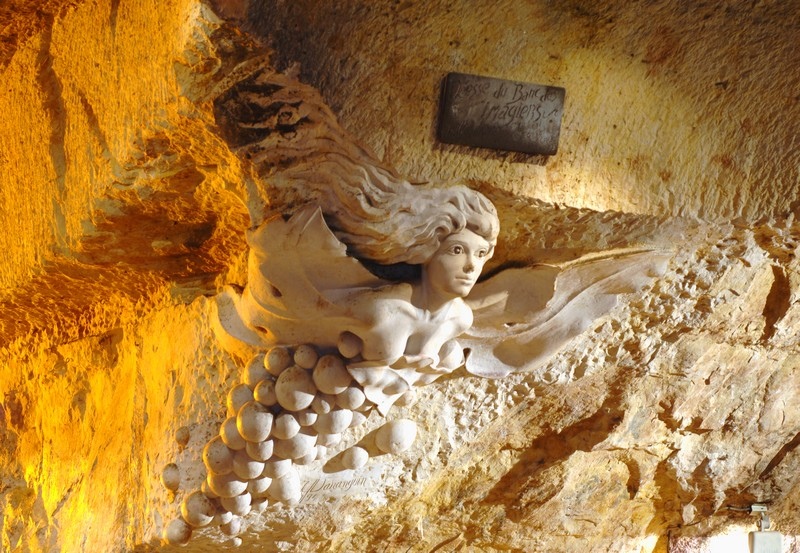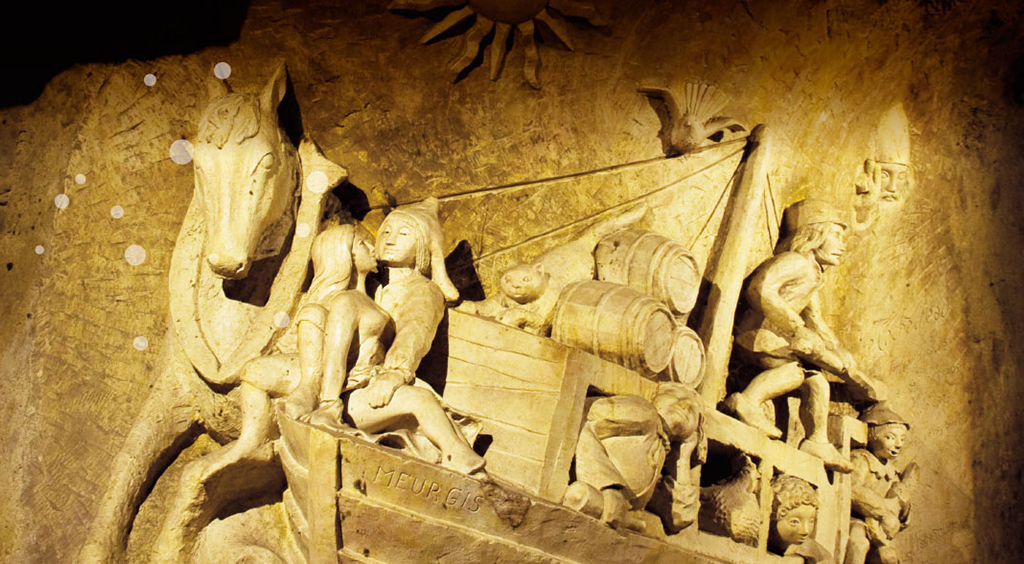
Terroir in a Glass
Jul 09, 2019
“A bond between wine and the land has long been cherished as something special, and in recent years the idea has reached new heights. In particular, today’s wine writers like to enthuse about vineyard geology; the rocks and soils in which the vines grow. Wineries proclaim the uniqueness of their vineyards’ geology, and promoters have latched on to the ‘sense of place’ this implies. Commentators boldly assert the special qualities this or that bedrock brings to wine; plenty of enthusiasts are convinced that the vineyard geology can actually be tasted in their wine glass.”
This is the opening paragraph from the preface of the recent book, Vineyards, Rocks, and Soils: The Wine Lover’s Guide to Geology by Alex Maltman. The book is a great read for wine novices and professionals alike. It examines the eternal question that we often consider while enjoying a glass of wine: does place really matter? More precisely, can you actually taste the minerals in a glass of wine? We often hear wine drinkers exclaim that this wine has “great minerality.” What exactly does that mean? How does it affect a glass of wine and why should we care?

So many questions to answer and so little time. Who knew that wine could be so complicated? But maybe that’s what we find so intriguing about it. Wine is more than a beverage; it’s got history, it’s full of geology, and more than anything else it’s art in a glass that you can imbibe. Personally, I enjoy all kinds of wine from all over the world. I prefer to leave no proverbial stone unturned. Piedmont? Bring it on. Rioja? I’m in. Bourgogne? Now you’re talking my language. But one of my favorite adult beverages, especially as the weather warms, is sparkling wine: Blanc or Rosé, it’s all good, delicious, and refreshing.


Not surprisingly, sparkling wine as a category is growing at a phenomenal rate these days, driven by Prosecco, the Italian bubbly from Veneto, and of course, Champagne, which defines the category at the luxury end of the spectrum. However, my go-to sparkling wine, especially in the summer, is the incredible Crémant de Bourgogne from ace producer, Bailly Lapierre.
“Wine is more than a beverage; it’s got history, it’s full of geology, and more than anything else it’s art in a glass that you can imbibe.”
Bailly, just south of Chablis, in the region of Auxerrois. The significance of the village is that it’s also the birthplace of the AOC Crémant de Bourgogne, which along with AOC Crémant de Loire, was the first Crémant region established when the new sparkling category, Crémant, was introduced some forty years ago. The partners that started Bailly Lapierre were instrumental in creating the AOC. They realized that their region was unique with soils dating back to the Kimmeridgian portion of the Jurassic period 195 million years ago. Does the limestone and calcium carbonate in these soils contribute to the bright acidity and “minerality” of their wines? Probably, but I’ll let you be the judge.

As you sit on the beach this summer, reading your hardcover copy of Socrates: A Life Examined, and sipping an ice cold Crémant from Bailly Lapierre, here is a parting thought for you to consider. The debate on “minerality” in wine rages on, but it is hard to dismiss the incredible verve and fresh acidity of the Crémants from Bailly Lapierre, crafted from Kimmeridgian limestone soils deposited millions of years ago, as not being an important factor in flavor and profile. I, for one, will continue in my pursuit of terroir, and its impact on wine. Perhaps Socrates said it best: “True knowledge exists in knowing that you know nothing.”
FROM UNDERGROUND TO GLASS

A blend of the Appellation’s four grape varieties, the wine is congenial, rounded and full, with a varied bouquet. A thirst-quencher, it is our easiest-drinking Crémant, clearcut, clean with a lovely freshness.

Bailly Lapierre’s hallmark wine made from black Pinot Noir grapes. A Crémant of great character, its style full, deep and powerful, with a fruitiness in the mouth that conjures up a red.

The first variety brings a winey character, the second its unmistakeable aromas of red berry fruit. A wine for easy enjoyment par excellence, it possesses a delicious softness free of anything sugary.

In close harmony with the protected natural conditions that brought it forth, it offers a natural expression of Pinot Noir and Chardonnay yet surprises with such concentration, depth and mineral edge. Outstanding bubbles.
